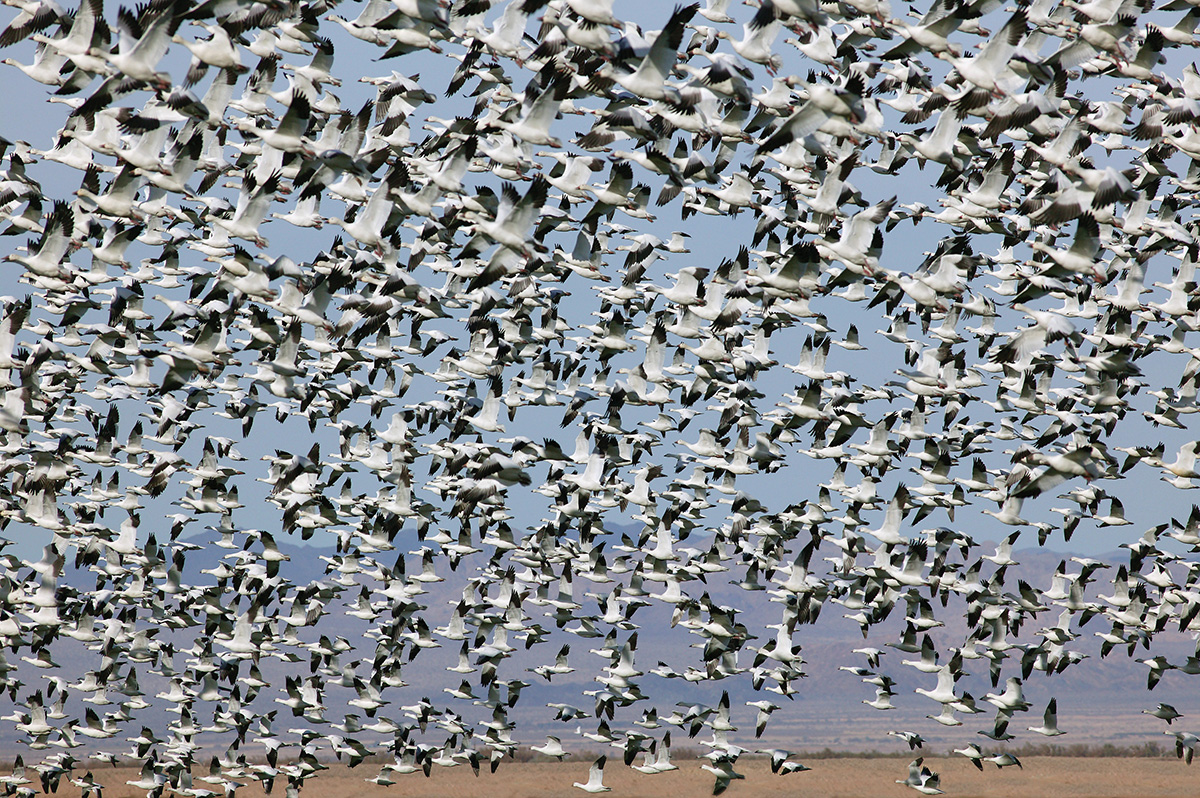CHAPTER 46 INTRODUCTION
46-1
CORE CONCEPTS
46.1 A population consists of all the individuals of a given species that live and reproduce in a particular place and is characterized by its size, range, and density.
46.2 The age structure of a population helps ecologists understand past and predict future changes in population size.
46.3 The dynamics of populations are influenced by the colonization and extinction of smaller,-interconnected populations that make up a metapopulation.

In 2004, undergraduates on a field trip to the Dominican Republic, on the island of Hispaniola, swept up an unfamiliar black-and-white butterfly in their nets. That butterfly was a Lime Swallowtail (Papilio demoleus), the very first of its species, native to Asia, to be captured in the New World.
Soon, Lime Swallowtails would spread to all corners of Hispaniola, a serious concern because their caterpillars strip the leaves off young lime and orange trees. Within 3 years, the Lime Swallowtail had also established itself in nearby Puerto Rico and Jamaica, and it has just reached Cuba. From there, it is just a short flight to Florida and the multibillion-dollar citrus industry of the United States. Can we enlist basic principles of biology to help understand this butterfly’s Caribbean expansion and predict its future as it continues to spread?
Ecology is the study of the relationships of organisms to one another and to the environment. Ecological relationships sustain a flow of energy and materials from the sun, Earth, and atmosphere through organisms, with carbon and other elements eventually returning to the environment (Chapter 25). And, in the end, it is these interactions that determine the shifting ranges of Lime Swallowtails and other species on Earth.
In previous chapters, we discussed the anatomical, physiological, reproductive, and behavioral characteristics of organisms. These attributes are the products of evolution, and they determine the ways in which individual organisms interact with their physical and biological environment. Abiotic factors that influence evolution include climate and nutrient availability; biotic factors include competitors, predators, parasites, and prey, as well as organisms that provide shelter or food. Ecology and evolution, then, are closely intertwined.